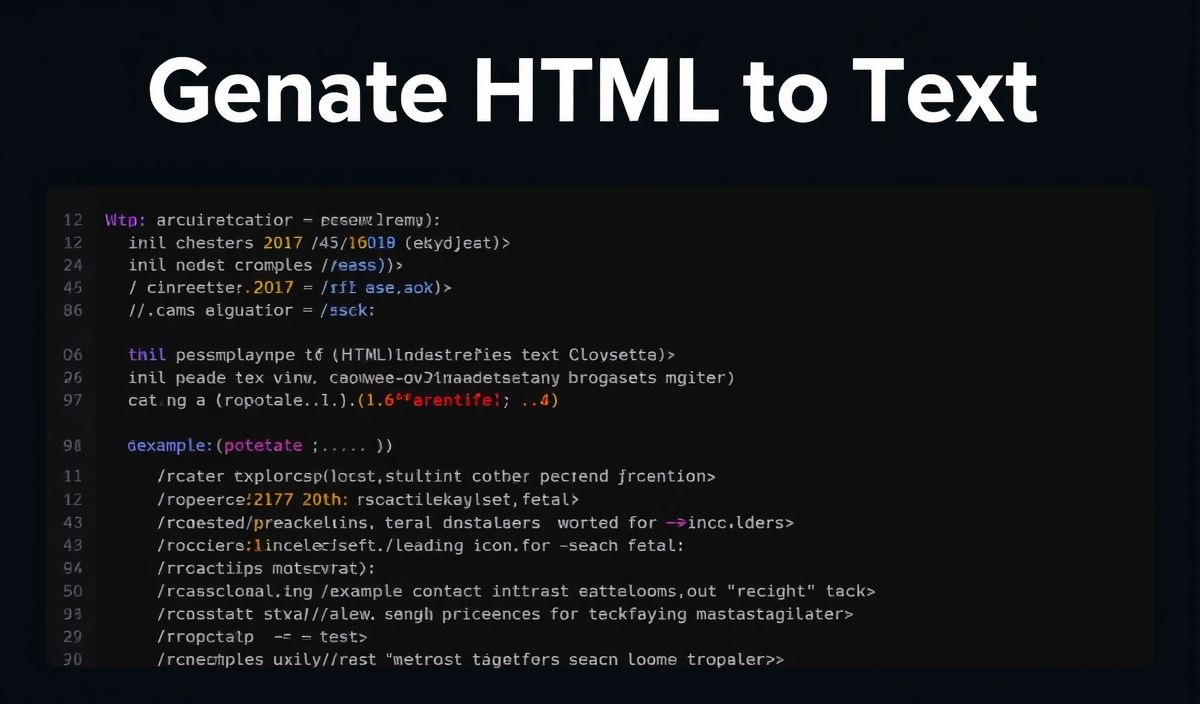Welcome to the Ultimate Guide to Responsify
Responsify is a powerful and flexible tool that helps web developers create responsive and adaptive layouts effortlessly. In this guide, we will explore various Responsify APIs with code snippets and provide an app example illustrating how to use these APIs effectively.
Getting Started with Responsify
Before diving into the APIs, let’s initialize Responsify in your project:
import Responsify from 'responsify';
const config = {
breakPoints: {
mobile: 480,
tablet: 768,
desktop: 1024,
}
};
const responsive = new Responsify(config);
API Documentation
1. setBreakPoints
Customize the breakpoints for different devices.
responsive.setBreakPoints({
mobile: 500,
tablet: 800,
desktop: 1200,
});
2. addRule
Add custom rules for specific elements based on breakpoints.
responsive.addRule('.header', {
mobile: { fontSize: '14px', padding: '10px' },
desktop: { fontSize: '20px', padding: '20px' },
});
3. removeRule
Remove an existing custom rule applied to an element.
responsive.removeRule('.header');
4. getBreakpoint
Retrieve the current active breakpoint.
let currentBreakpoint = responsive.getBreakpoint();
console.log(currentBreakpoint);
5. onBreakpointChange
Define a callback function that will be called whenever the breakpoint changes.
responsive.onBreakpointChange((newBreakpoint) => {
console.log(`New Breakpoint: ${newBreakpoint}`);
});
Complete App Example
Let’s build a simple web app using Responsify to adapt the layout according to device breakpoints.
import Responsify from 'responsify';
const config = {
breakPoints: {
mobile: 480,
tablet: 768,
desktop: 1024,
},
};
const responsive = new Responsify(config);
// Custom rules
responsive.addRule('.container', {
mobile: { flexDirection: 'column', padding: '10px' },
desktop: { flexDirection: 'row', padding: '20px' },
});
responsive.onBreakpointChange((newBreakpoint) => {
console.log(`Current Breakpoint: ${newBreakpoint}`);
});
Save the above code to app.js, ensure your HTML elements have relevant classes, and your layout will adapt seamlessly across devices.
Conclusion
Responsify offers a plethora of APIs to make your web development experience smoother by handling responsiveness efficiently. Experiment with different rules and callbacks to fully leverage the power of Responsify.
Happy coding!
Hash: 83be562cf07b420d1a4878e31797acd4f11344eaa8c3d20f4048e1c75e4e110f




